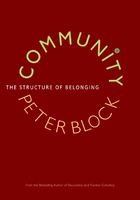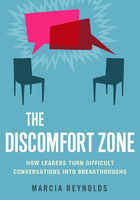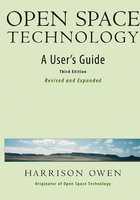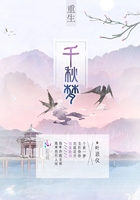One afternoon in the early 1990s, I found myself at a meeting in my boss's cavernous office when one of the organization's computer support guys showed up to demonstrate a new-fangled technology called instant messaging. I'd never seen IM before, but I was intrigued—so I volunteered for the demo.
My boss settled in front of his computer. I stationed myself at another computer just outside the office. And away we went—typing and tapping a silent conversation in real time.
“Wow,” I shouted to the others back in the room. “Very cool.” And when I returned to the meeting, I offered—unsolicited, of course—my thoughts on what we'd just witnessed.
“This could be big,” I said. “Instant messaging is going to be incredibly useful for the deaf and hearing impaired, who can't just pick up the phone and talk to someone. It's not something most people will use much, but for that slice of the population it's amazing.”
Today, nearly two decades after instant messaging has become a part of everyday communication around the world—when literally tens of millions of people with perfectly good hearing are IM-ing right now—there's a moral to this tale: Sometimes we miss the point.
That's especially true of technology. In business terms, most people—myself included—think of Twitter, Facebook, and other social media as tools for marketing. But now that I've read this smart and incisive book, I realize that I might be as wrong about that as I was about that other young technology back in the early 1990s.
As Tony Bingham and Marcia Conner show in the pages that follow, the deepest, most enduring impact of social media might be on learning.
There's a certain intuitive, forehead-slapping logic to that insight. Of course! In so many ways, learning is a fundamentally social act. From circle time in kindergarten, to study groups in college, to team projects in the workforce, sociability has always greased the gears of learning.
But now wikis, multiplayer games, and social networking have taken that truth and vaulted it to new heights. “Our inherent drive to learn together can be facilitated through emerging technologies that extend, widen, and deepen our reach,” Bingham and Conner write. These innovations, they argue, “enable a new kind of knowledge-building ecosystem with people at its core.”
The New Social Learning is a terrific guide to that emerging ecosystem. It will give you a set of core principles—“playground rules,” as the authors call them—to help you navigate it. And with examples that range from Best Buy to Intel and from Deloitte to the U.S. Central Intelligence Agency, it will show you how social media can improve the way you recruit talent, engage employees, and build a workforce's capacities.
Social learning isn't a replacement for training and employee development. But it can accomplish what traditional approaches often cannot. For instance, this new, technology-enabled approach can supplement instruction with collaboration and co-creation and, in so doing, blur the boundary between the instructor and the instructed and enhance the experience of all. It can leave a “digital audit trail” that reveals the path of a learning journey and allows others to retrace it. It can re-energize your conferences and retreats by providing a backchannel of feedback and questions. It can bring far-flung employees together into new communities in which they can not only learn from one another, but also fashion new offerings for customers. In short, social media can change the way your company works. As the authors put it, “Once you move away from the push of information to the pull of learning, you liberate creative powers in your people.”
It's exciting when two of the most respected names in training and development come together to produce a work like The New Social Learning. When you read this book, you'll learn something—and, I'm convinced, you'll share its many insights.
But what you might share most of all is that Twitter, Facebook, and their social media kin aren't all about marketing. They're equally, if not more so, about learning. This book helped me understand that and avoid missing the point of a new technology once again. It can do the same for you.
Daniel H. Pink
Washington, D.C.
June 2010















